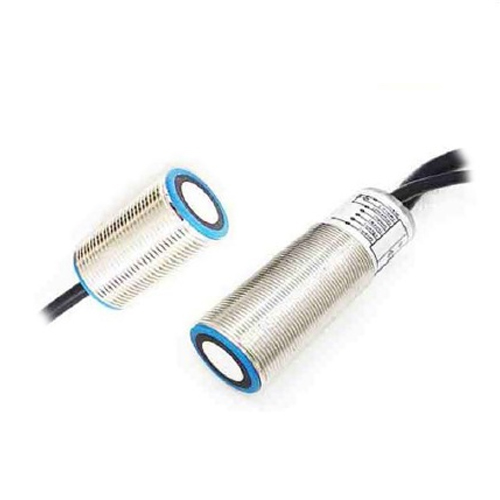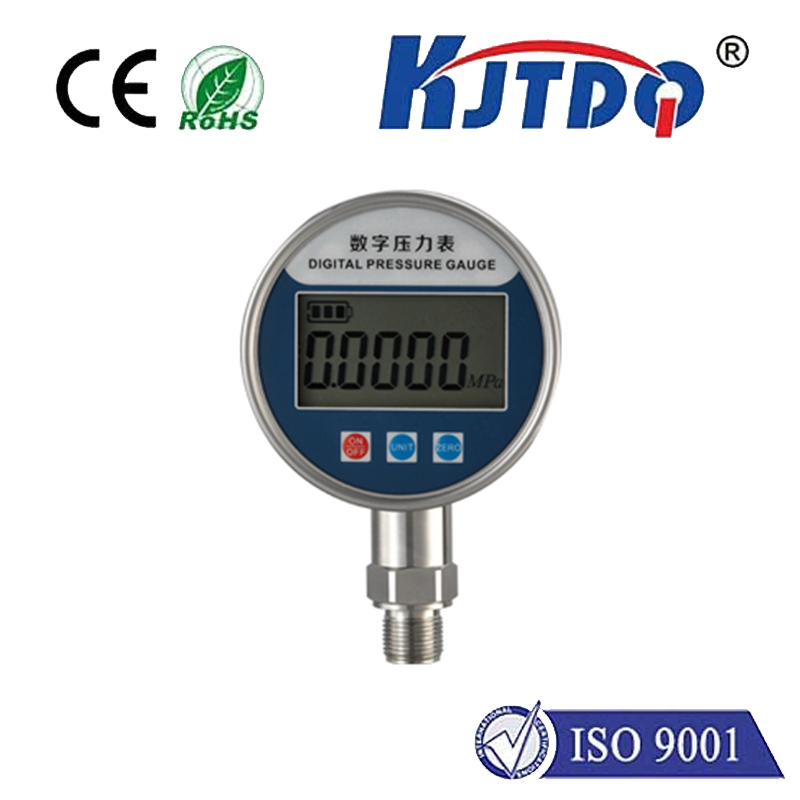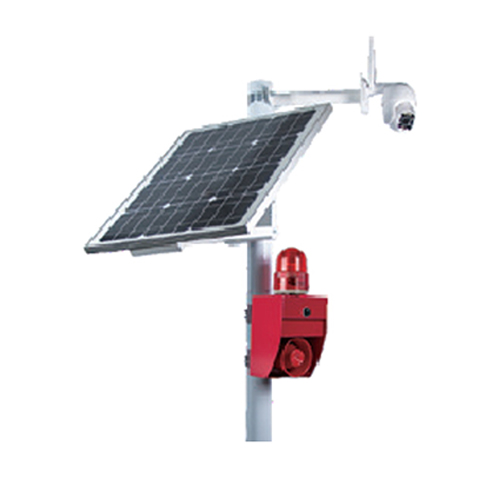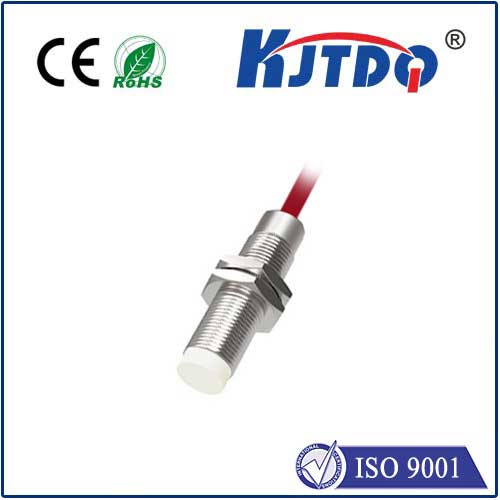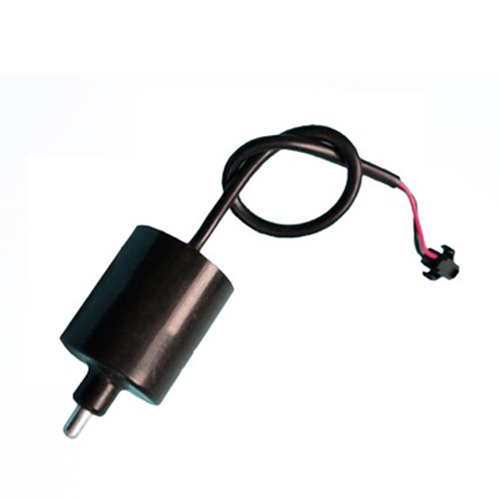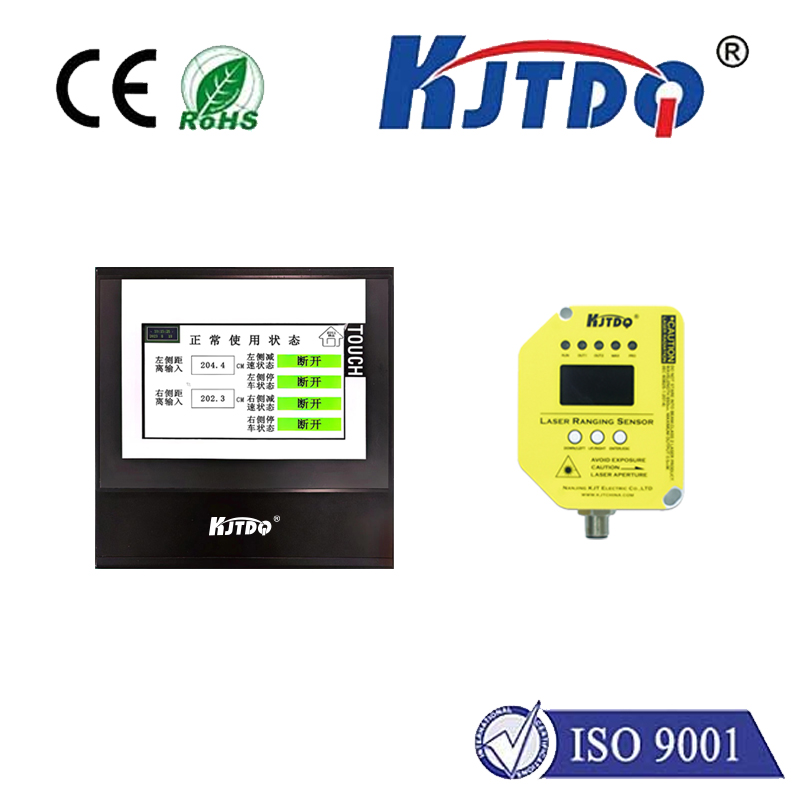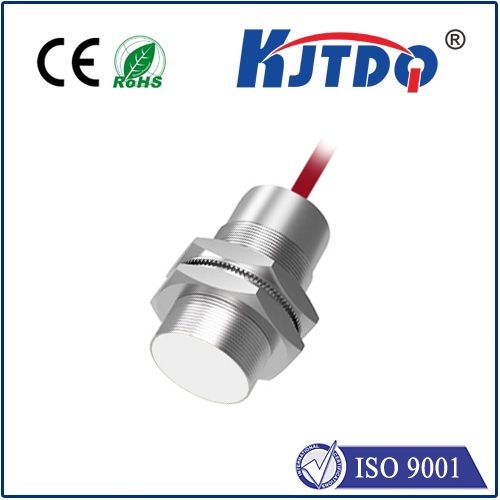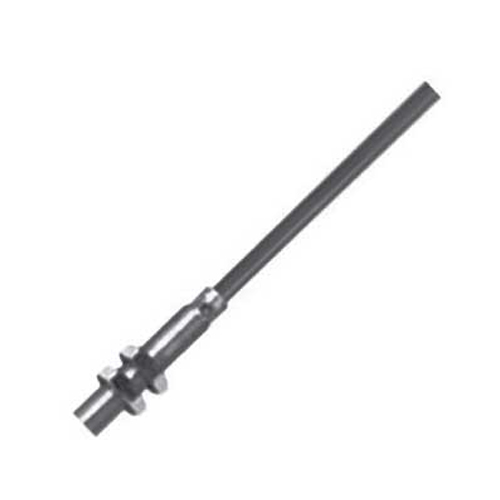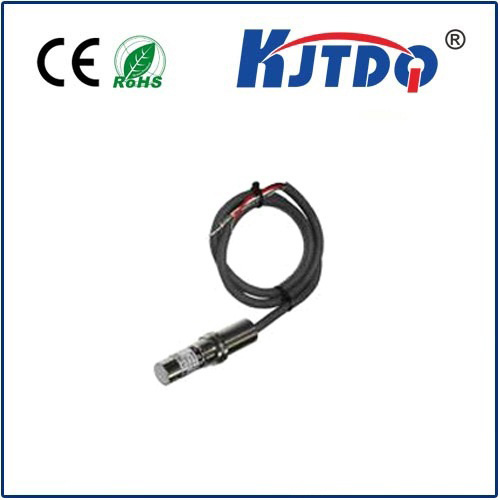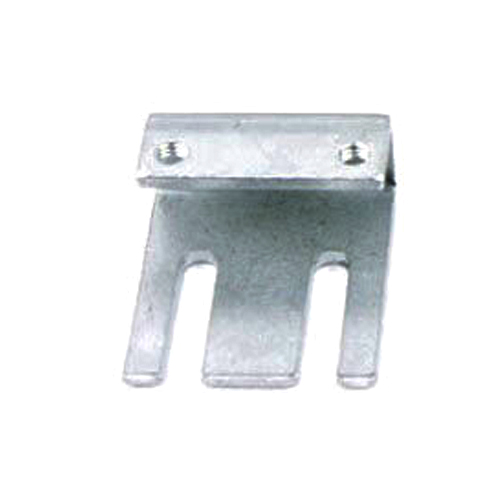BHS0039 proximity sensor
- time:2025-10-15 03:31:42
- Click:0
Unlocking Precision & Efficiency: The Power of the BHS0039 Proximity Sensor
Imagine a high-speed robotic arm gracefully navigating an assembly line. It picks components, places them with pinpoint accuracy, and avoids collisions, all happening in milliseconds. Or picture a complex conveyor system where products flow continuously, counted and sorted flawlessly without a single jam. What invisible guardian ensures this seamless automation? Often, it’s the unassuming yet vital proximity sensor. Among these workhorses, sensors like the BHS0039 proximity sensor have become fundamental pillars of reliable detection in demanding industrial landscapes.
Proximity sensors, fundamentally, are non-contact detection devices. They sense the presence or absence of an object within their detection range without needing physical touch. Most commonly, they operate using either inductive principles (detecting conductive metals via electromagnetic fields) or capacitive principles (detecting nearly any object, including non-metals and liquids, by sensing changes in capacitance). The BHS0039 typically falls into the inductive category, making it exceptionally robust for detecting metallic objects in harsh factory environments, characterized by dust, vibration, and varying temperatures.
So, what makes the BHS0039 proximity sensor stand out in a crowded market? It’s the culmination of design choices tailored for industrial resilience:

- Robust Construction & Environmental Tolerance: Engineered for challenging settings, the BHS0039 often boasts high ratings like IP67 (Ingress Protection), making it resistant to dust and capable of withstanding temporary immersion in water. This durability is paramount for continuous operation in foundries, machining centers, or outdoor applications.
- High-Switch Performance: Speed is crucial in automation. The BHS0039 proximity sensor typically features a high switching frequency, enabling it to detect objects moving past at very high speeds without missing a beat – critical for applications like bottling lines or high-speed part sorting.
- NPN or PNP Output Versatility: Providing flexibility for integration into different types of control systems (like PLCs), the BHS0039 is commonly available in both NPN (sinking) and PNP (sourcing) output configurations. Choosing the correct model ensures seamless compatibility with your existing machinery.
- Reliable Sensing Distance: Offering consistent and reliable detection within its specified range (e.g., 4mm for many variants), it provides a vital buffer zone for equipment to react. This precision prevents damage from accidental collisions.
- Interference Resistance: Industrial environments are electrically noisy. A quality BHS0039 proximity sensor incorporates shielding and robust circuitry to minimize false triggering caused by nearby motors, welding operations, or other electromagnetic interference.
- Long Operational Life: The fundamental non-contact nature of inductive sensors like the BHS0039 means no moving parts to wear out. Their primary failure mode often involves physical damage, making them incredibly long-lasting compared to mechanical switches when installed correctly.
The strengths of the BHS0039 proximity sensor translate directly into tangible benefits across countless sectors:
- Manufacturing & Assembly: Detecting part presence/absence on conveyors, confirming correct positioning for robotic arms, monitoring end-of-stroke positions on cylinders, counting metallic components. Its reliability keeps assembly lines running smoothly.
- Packaging Machinery: Ensuring packages are correctly positioned for filling, sealing, or labeling; verifying the presence of bottles or cans; controlling gate operations on conveyors. Precision detection prevents costly jams and waste.
- Automotive Industry: Used extensively in welding robots to locate body panels, on transfer lines to sense pallet positions, and in testing fixtures to confirm component engagement. The BHS0039’s resilience withstands the demanding conditions of auto plants.
- Material Handling: Verifying pallet entry/exit on automated storage and retrieval systems (AS/RS), detecting the position of lifts and elevators, preventing over-travel on moving platforms.
- Machine Safety: While not a primary safety device itself, it often plays a supportive role in safety by providing position feedback to interlock systems before potentially hazardous movements begin.
| Key Technical Specifications (Representative Example) |
| Sensor Type |
Inductive Proximity Sensor |
| Detection Target |
Ferrous Metals (Iron, Steel), Non-Ferrous Metals (Aluminum, Copper, Brass) |
| Operating Voltage |
Typically 10-30V DC |
| Output Configuration |
Commonly NPN Normally Open (NO) or PNP Normally Open (NO) |
| Sensing Distance |
Example: 4mm (Specific distance varies by model - verify datasheet) |
| Switching Frequency |
Often High Frequency (e.g., 1 kHz) enabling fast response times |
| Housing Material |
Typically Nickel-Plated Brass or Stainless Steel for robustness |
| Ingress Protection (IP) Rating |
Commonly IP67 (Dust tight and protected against temporary immersion) |
| Operating Temperature Range |
Commonly -25°C to +70°C (Wide operating tolerance) |
Installation and Maintenance: Ensuring Peak Performance
Maximizing the benefits of your BHS0039 proximity sensor hinges on proper implementation:
- Mounting: Ensure the sensor body is securely mounted. Vibration can loosen fixtures over time. Align the sensor face correctly relative to the target object’s approach path.
- Clearance: Maintain adequate clearance around the sensor face. Nearby ferrous material (like brackets or machine frames) within the sensor’s flank area can potentially reduce its effective sensing range.
- Target Considerations: Confirm the target material is compatible (metallic). Remember that different metals (ferrous vs. non-ferrous) and target sizes can affect the actual achievable sensing distance, often termed the “effective sensing range.” Always consult the sensor’s datasheet for correction factors.
- Wiring: Follow manufacturer specifications rigorously. Use shielded cable in electrically noisy environments and ground it properly at one end (usually the controller end). Ensure correct polarity.
- Cleaning: Periodically clean the sensor face to remove buildup of metal chips, grease, or dust that could potentially insulate the sensing field and reduce performance.
- Environmental Limits: While robust, respect the sensor’s specified operating temperature and humidity limits. Extreme conditions outside the rating can lead to premature failure.
Maintaining vigilance through these practices ensures the BHS0039 proximity sensor consistently delivers the reliability and precision demanded by modern industrial automation.
Compared to traditional mechanical limit switches, the BHS0039 proximity sensor offers compelling advantages: no physical contact means no wear on the sensor or target, significantly longer lifespan, faster response times, and immunity to issues like bounce or contact corrosion. Its solid-state nature makes it inherently more reliable under conditions of shock, vibration, and contamination, where mechanical contacts would rapidly degrade. While cost-effective mechanical switches still have their place in simpler, less demanding applications, the BHS0039 shines where durability, speed, and maintenance-free operation are critical drivers. Its ability to perform reliably in the background, enabling countless automated processes with near-perfect uptime, is the hallmark of its value.






